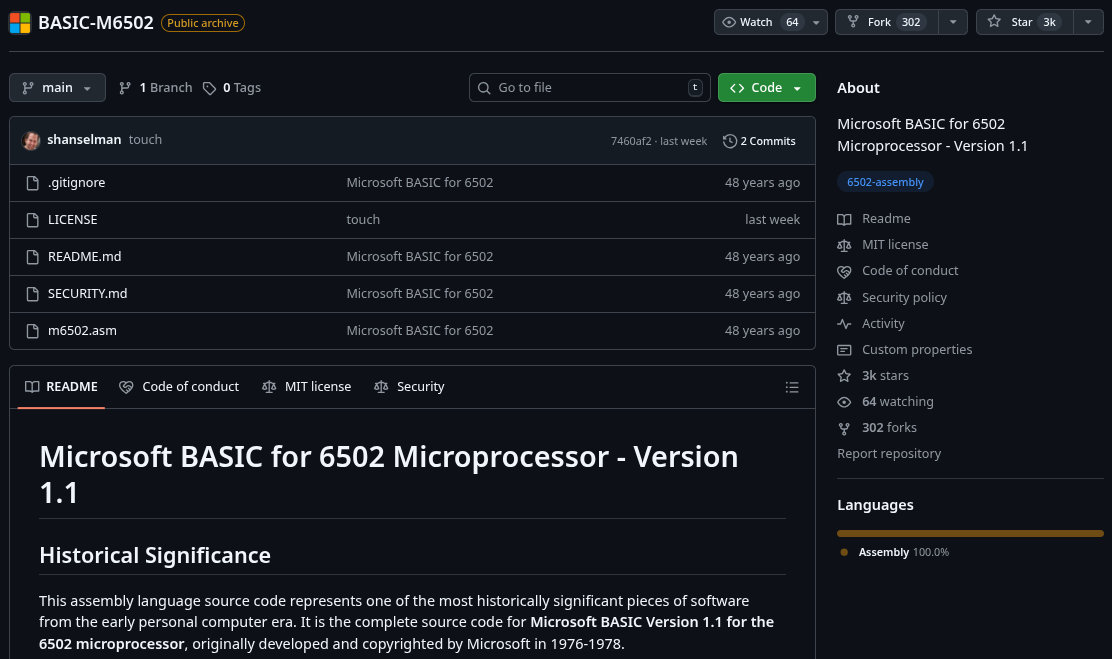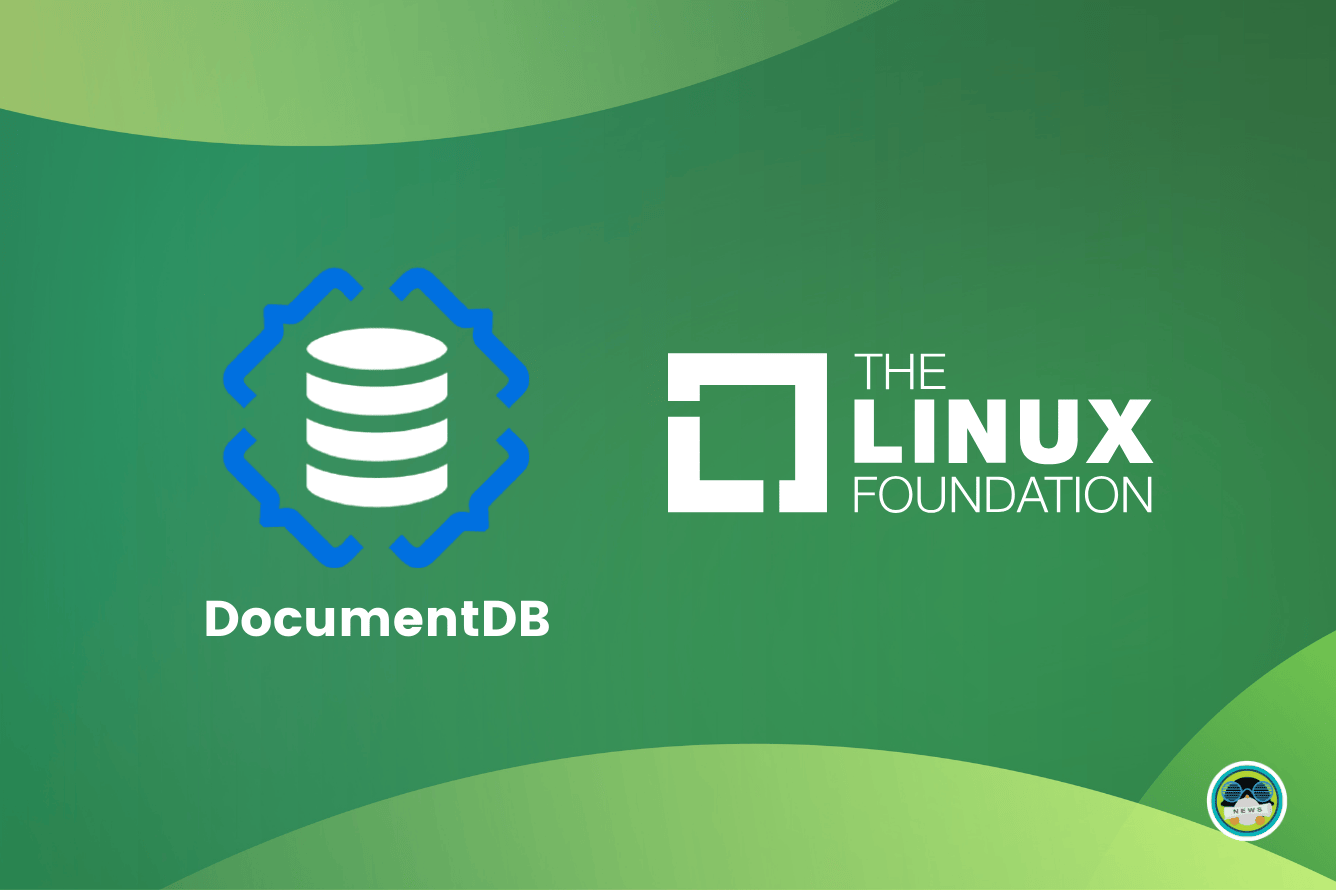
Most of us are familiar with what Microsoft is and what it does. The company became a household name due to its Windows and Office offerings but is also known to shape early programming culture through interpreters like Altair BASIC, which helped millions learn coding on emerging microcomputers of the 70s.
On the other hand, the 6502 microprocessor, released in 1975 by MOS Technology, was a low-cost, high-performance chip that powered iconic machines like the Apple II, Commodore PET, and Commodore 64.
Microsoft began work on a 6502 interpreter port of BASIC in 1976, with Commodore licensing it for its PET, VIC-20, and Commodore 64 computers in 1977.
Now, 48 years later, this interpreter, known as Microsoft BASIC for 6502, has been officially open sourced.
Microsoft BASIC for 6502 Goes Open

The release, hosted over on GitHub, allows developers, retro-computing enthusiasts, and history fans to explore the original 6502 BASIC code. They can study it, modify it, or even run it on modern emulators.
The version provided is BASIC M6502 8K VER 1.1, the same one that shipped as Commodore BASIC on the Commodore PET, VIC-20, and 64. It includes fixes to the garbage collector, implemented back in 1978 by Bill Gates and Commodore engineer John Feagans.
Microsoft also states that preservationists spent years rebuilding the original environment to ensure the code could still run today. Notably, Michael Steil documented and rebuilt the original BASIC process for multiple targets and ported it to modern assemblers like cc65, making it possible to build and run on current systems.
The source also contains small Easter eggs hidden by Gates and historical notes showing how programmers packed so much functionality into just 8K of memory.
The Source Code
The GitHub repository includes the source and additional information on the interpreter. You can fork it, clone it, or download it to explore, experiment, or just admire a piece of computing history.
Suggested Read 📖

- Even the biggest players in the Linux world don't care about desktop Linux users. We do.
- We don't put informational content behind paywall. Your support keeps it open for everyone. Think of it like 'pay it forward'.
- Don't like ads? With the Plus membership, you get an ad-free reading experience.
- When millions of AI-generated content is being published daily, you read and learn from real human Linux users.
- It costs just $2 a month, less than the cost of your favorite burger.
Become a Plus Member today and join over 300 people in supporting our work.











